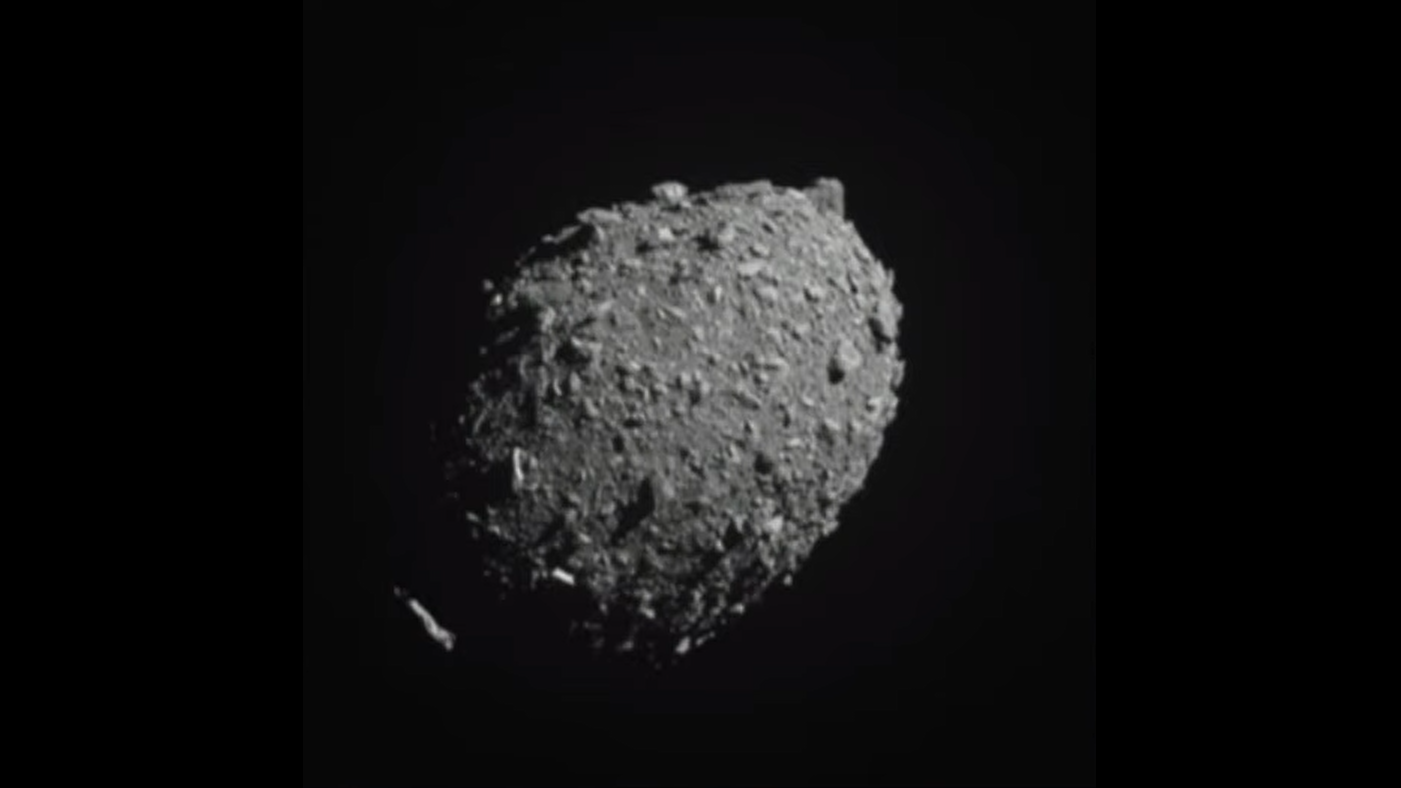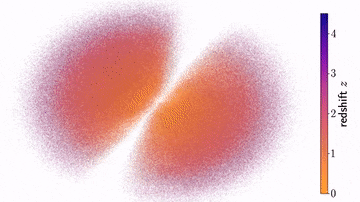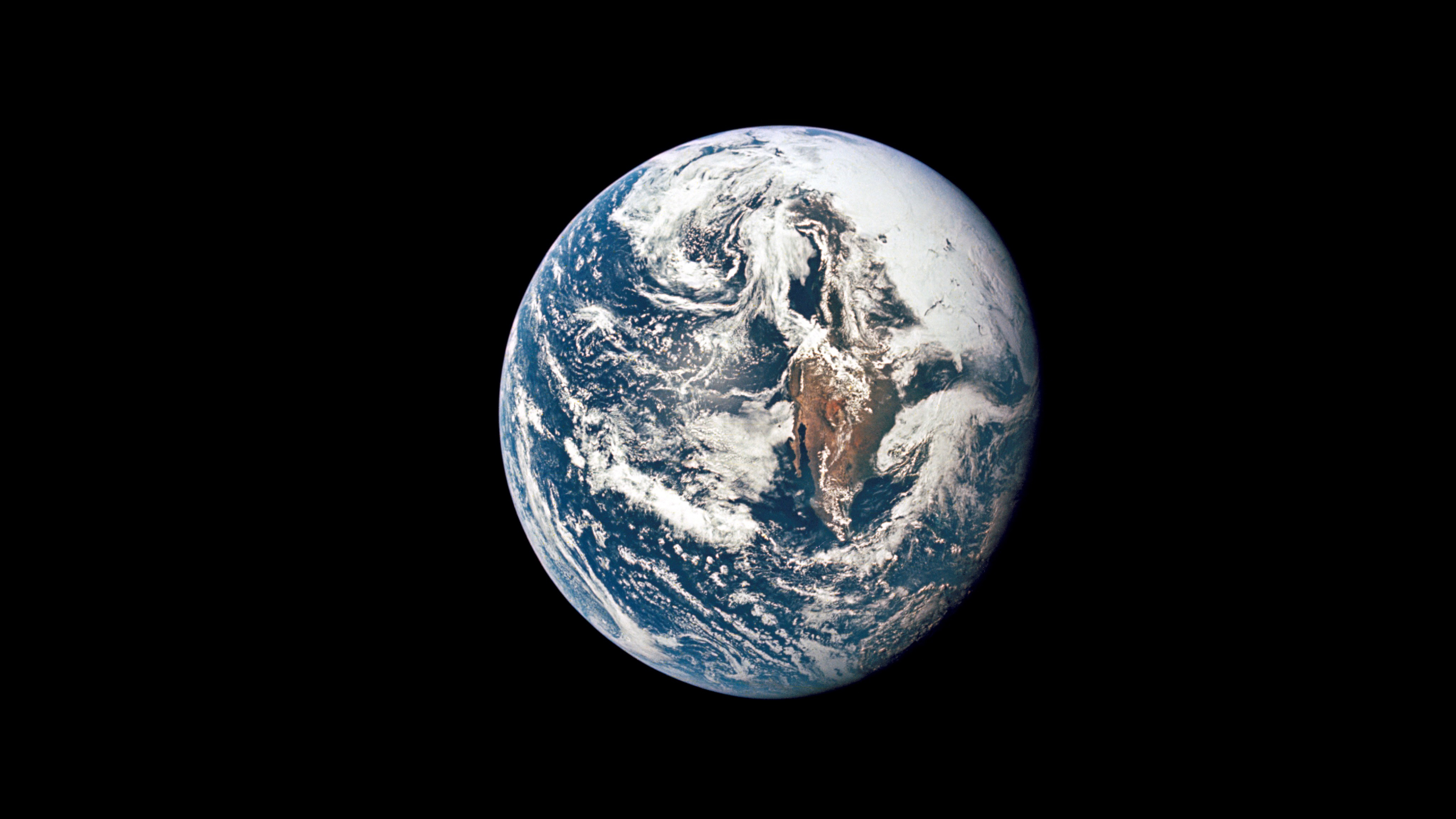
Keith Cooper
Keith Cooper is a freelance science journalist and editor in the United Kingdom, and has a degree in physics and astrophysics from the University of Manchester. He's the author of "The Contact Paradox: Challenging Our Assumptions in the Search for Extraterrestrial Intelligence" (Bloomsbury Sigma, 2020) and has written articles on astronomy, space, physics and astrobiology for a multitude of magazines and websites.
Latest articles by Keith Cooper
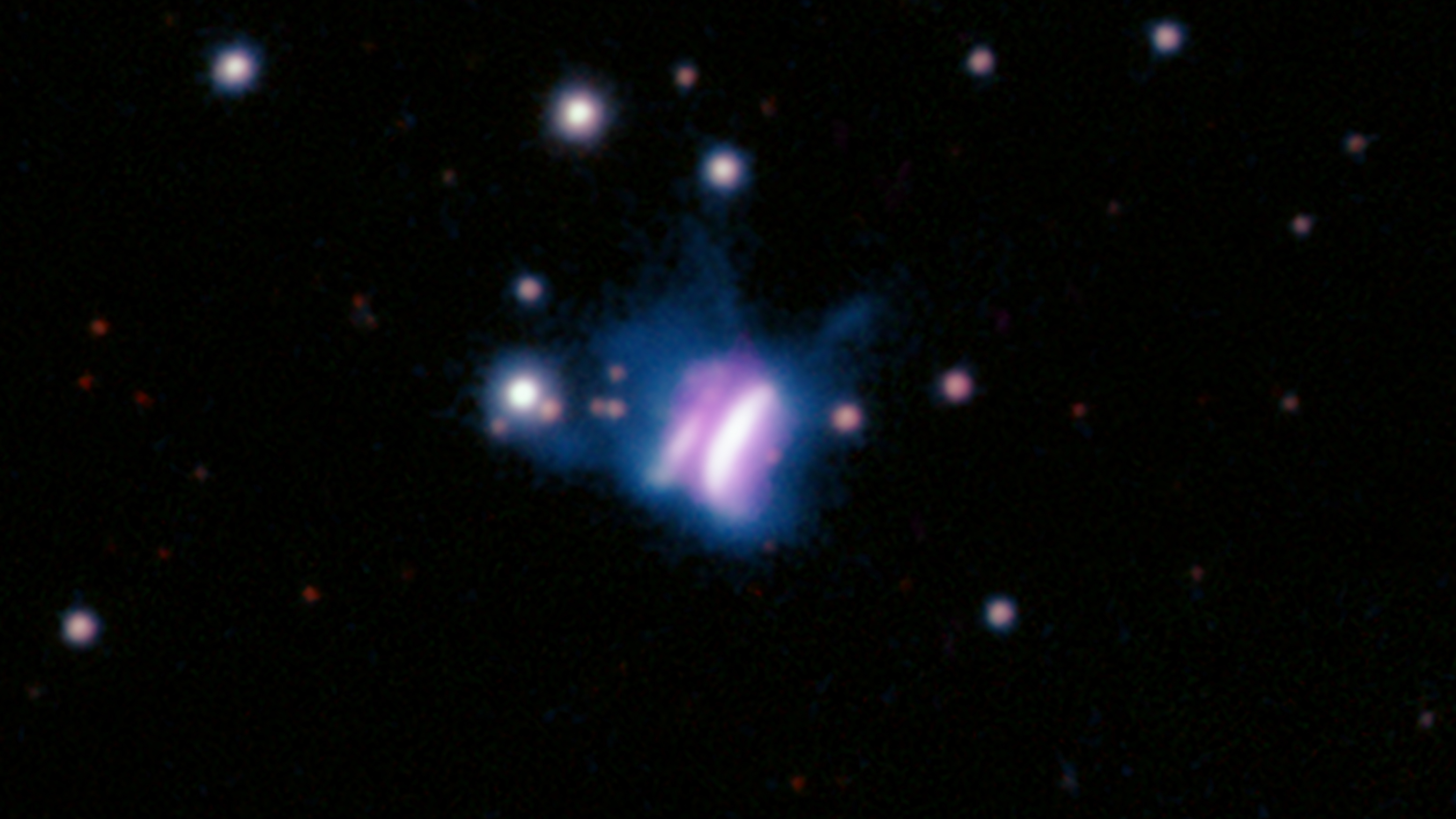
Cosmic butterfly or interstellar burger? This planet-forming disk is the largest ever seen
By Keith Cooper published
A distant planetary nursery is breaking all records as it shows the extremes to which planet formation can go.
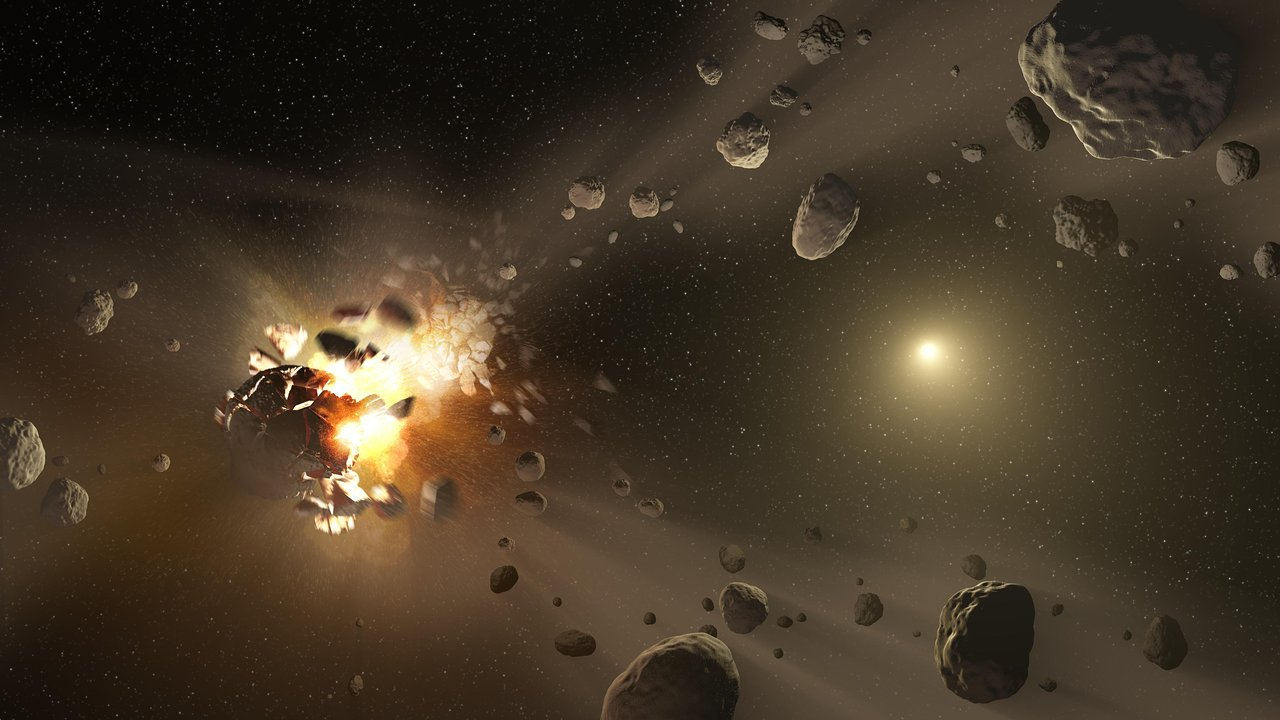
Where did Earth's water come from? This ancient asteroid family may help us find out
By Keith Cooper published
The family is part of a larger asteroid that was smashed to pieces 130 million years ago.
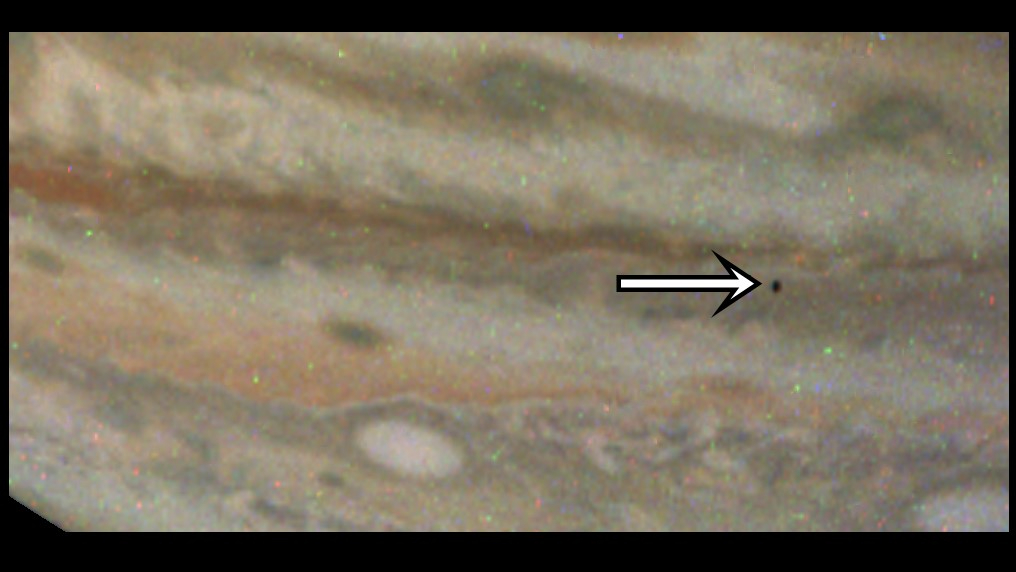
Jupiter's mysterious moon Amalthea spied crossing the Great Red Spot (photo)
By Keith Cooper published
NASA's Juno spacecraft has spotted the elusive fifth moon of Jupiter transiting the giant planet's Great Red Spot, giving astronomers a rare view of this small but intriguing natural satellite.
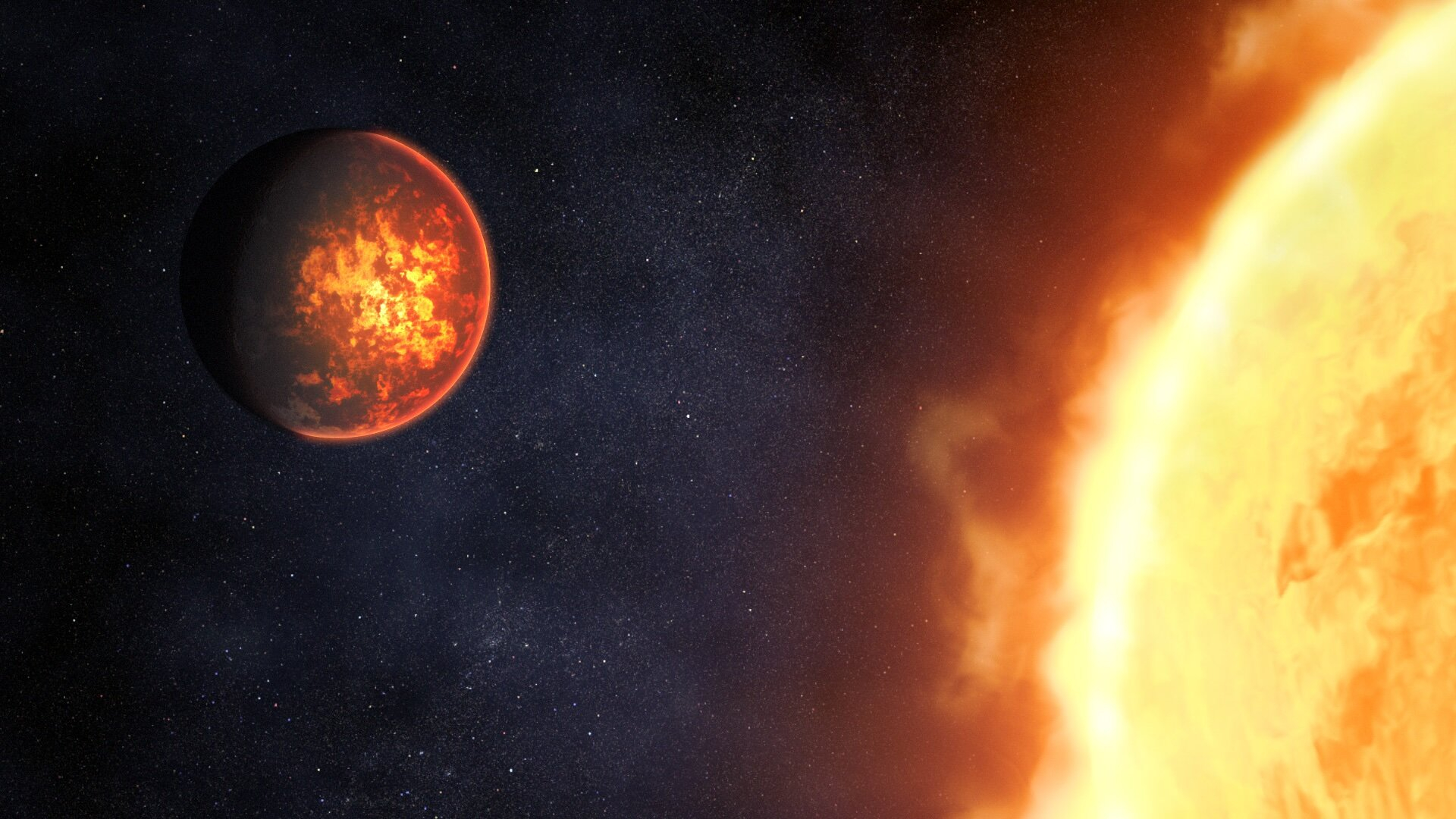
The surface of this volcanic exoplanet is hotter than some stars
By Keith Cooper published
Described as being like "Io on steroids," a newly discovered exoplanet is the victim of a tug of war between its neighboring planets and its star.
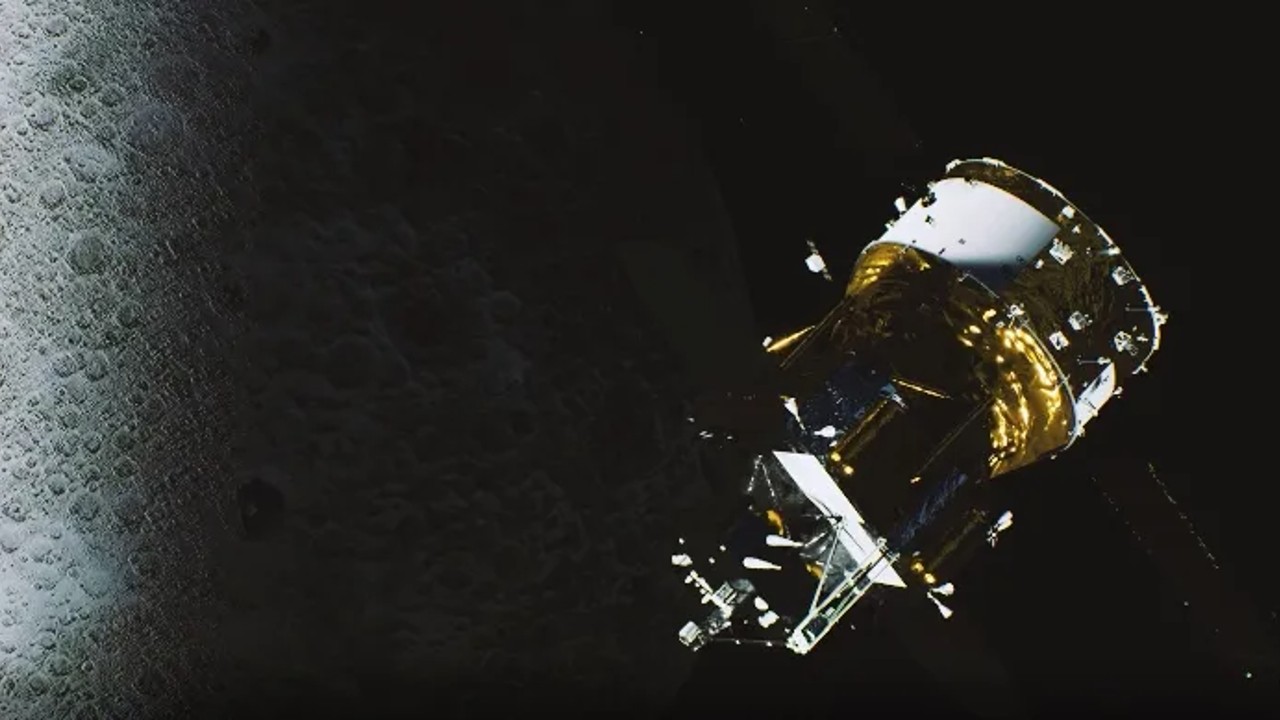
China's Chang'e 6 probe to the moon's far side has a big lunar mystery to solve
By Keith Cooper published
By retrieving rare volcanic samples from the lunar far side, Chang'e-6 aims to provide answers as to why volcanism was so limited on just one side of the moon.
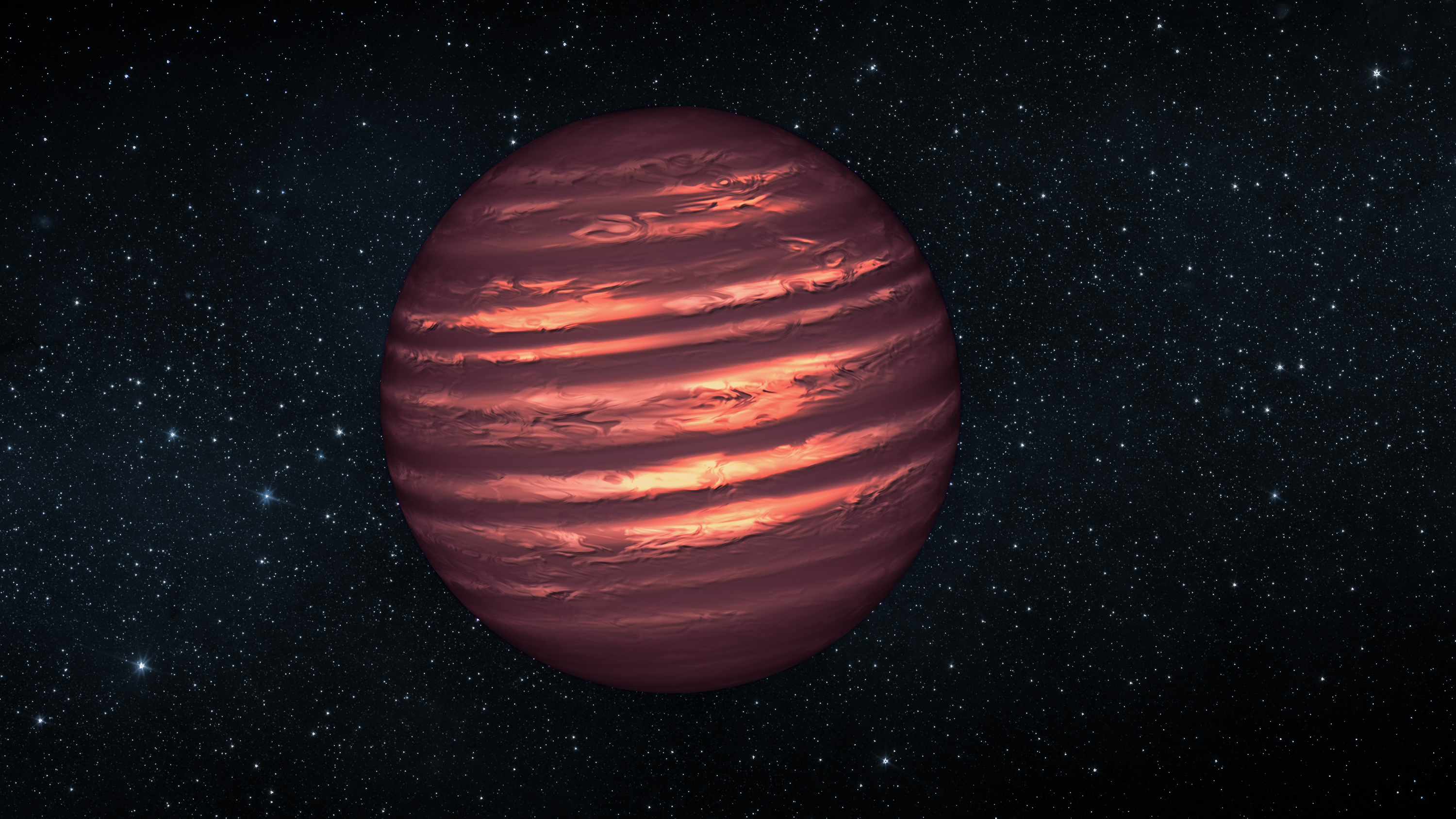
A failed star and an ammonia trail could reveal how some giant exoplanets form
By Keith Cooper published
The James Webb Space Telescope is teaching us about how planets form.
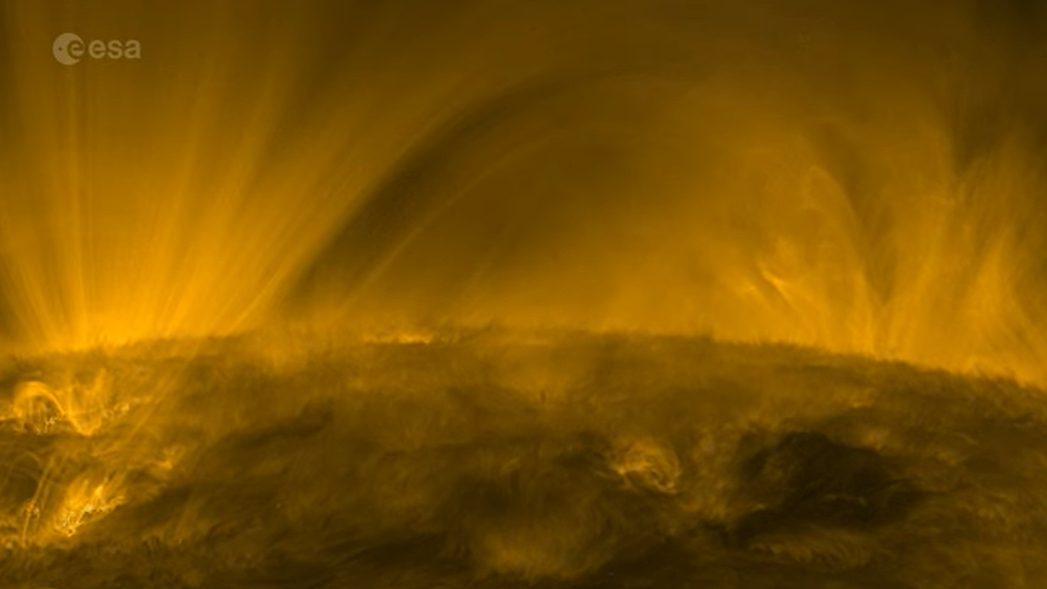
Spacecraft captures absolutely incredible video of plasma swirling on the sun
By Keith Cooper published
The video gives an insight into the energetic events that transfer energy and plasma into the solar corona that ultimately drives the solar wind.
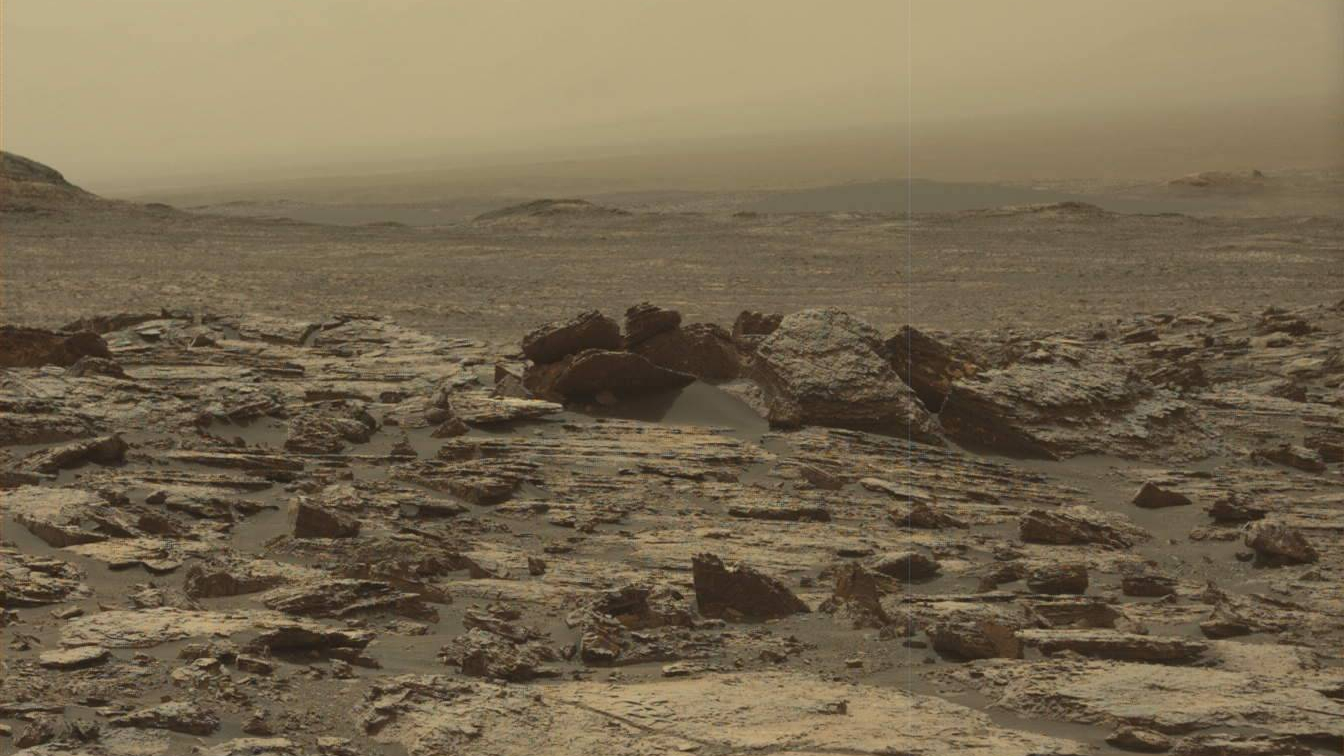
Long ago, a lake on Mars might have been sprawling with microbes
By Keith Cooper published
The presence of manganese oxide on Mars has positive implications in the search for life beyond Earth.
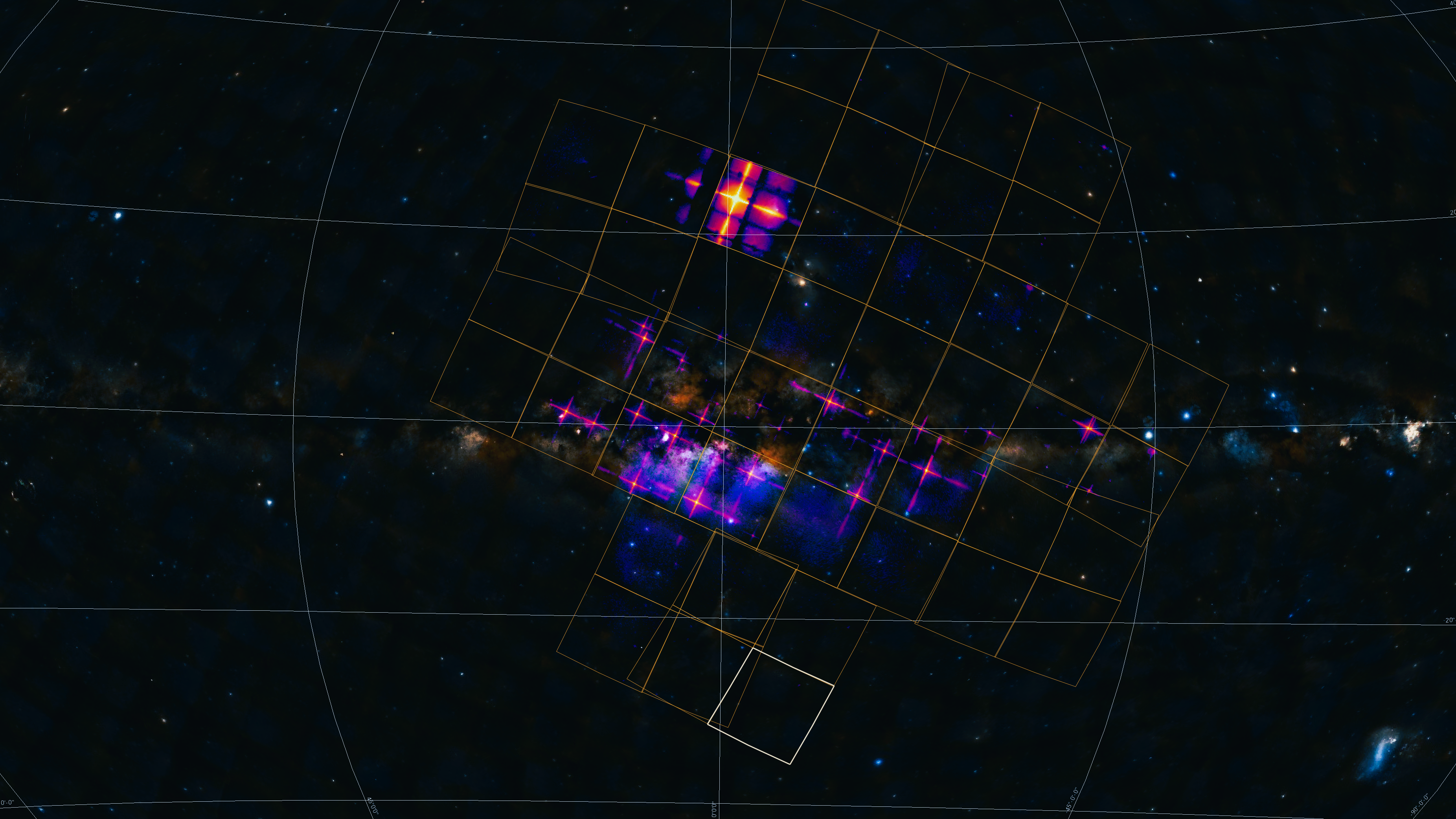
Einstein Probe X-ray telescope releases 1st images taken with 'lobster vision'
By Keith Cooper published
Einstein Probe, which is the new Chinese–European X-ray mission, has revealed its first widescreen views of the universe.
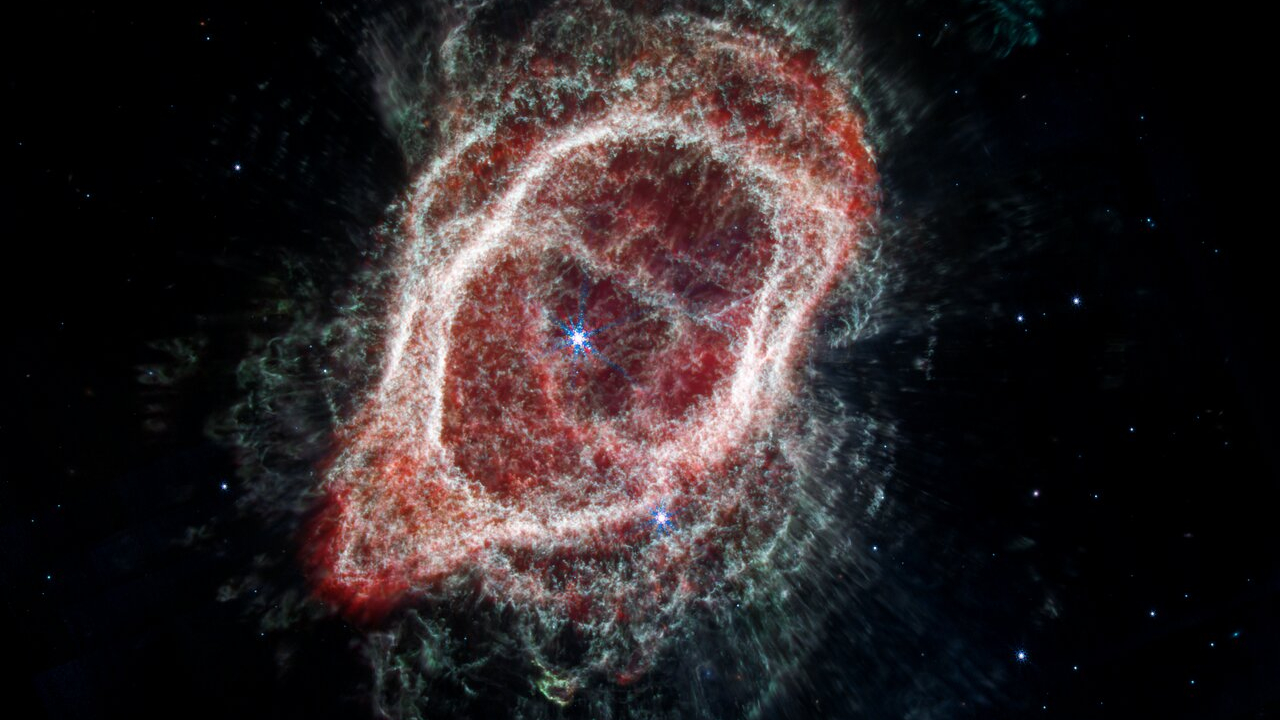
Scientists reveal Southern Ring Nebula's unexpected structure: 'We were amazed'
By Keith Cooper published
The molecular gas ejected by a dying star within the Southern Ring Nebula will one day be recycled into a new generation of stars and planets.
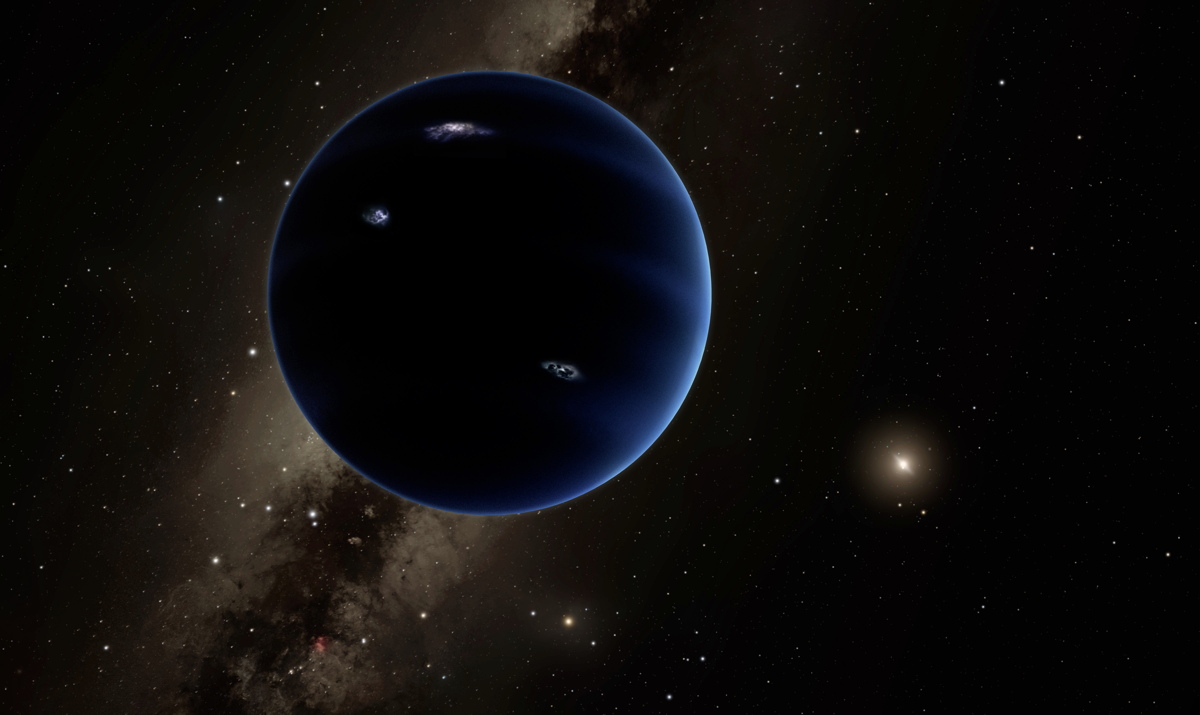
Evidence for Planet 9 found in icy bodies sneaking past Neptune
By Keith Cooper published
The hypothetical ninth planet may be slingshotting Oort Cloud objects onto orbits that come closer to the sun than Neptune does.
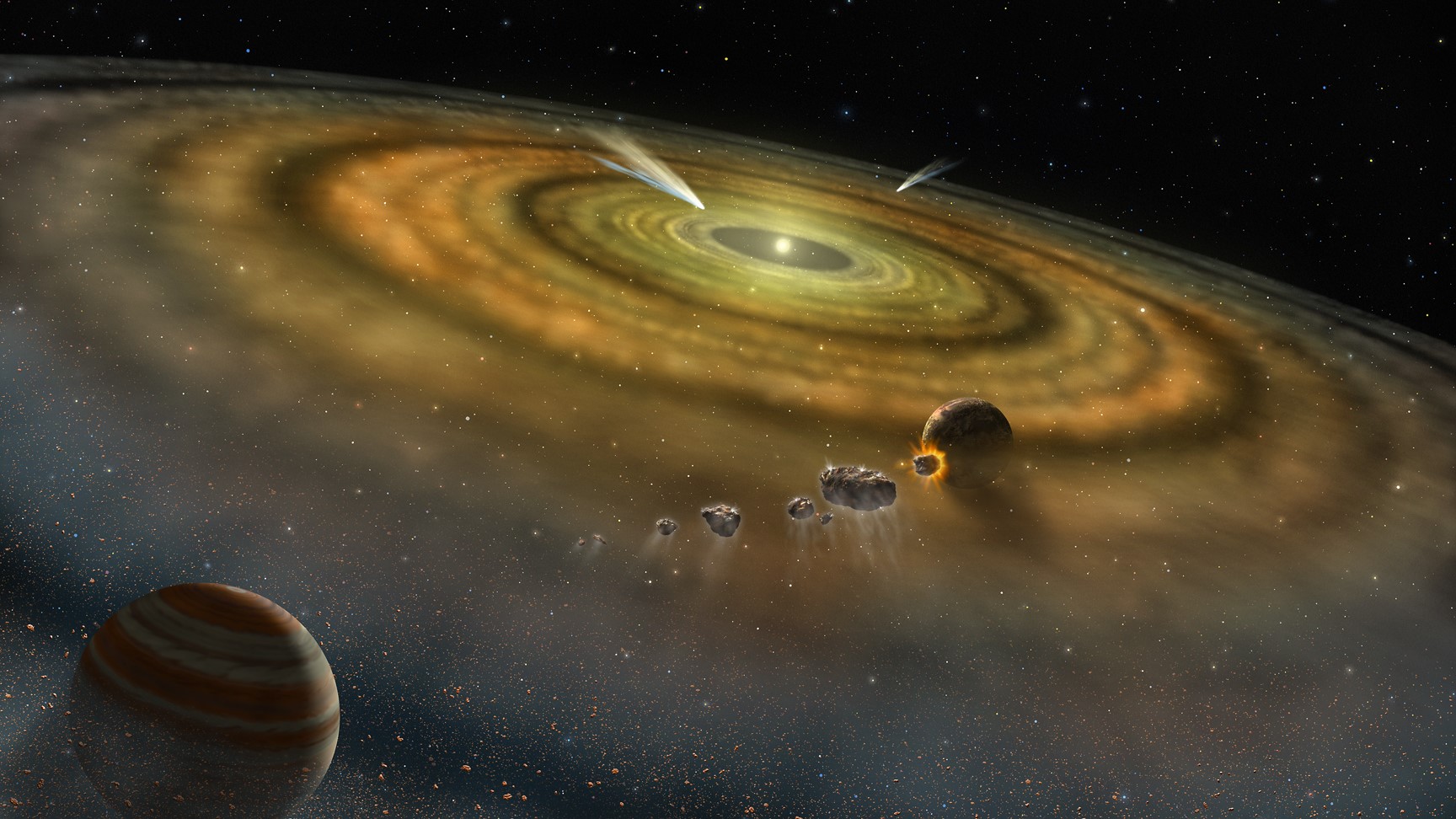
During the solar system's chaotic era, Jupiter may have helped form Earth's moon
By Keith Cooper published
The great planetary instability coincides with the collision that formed Earth's moon — could the two events be linked?
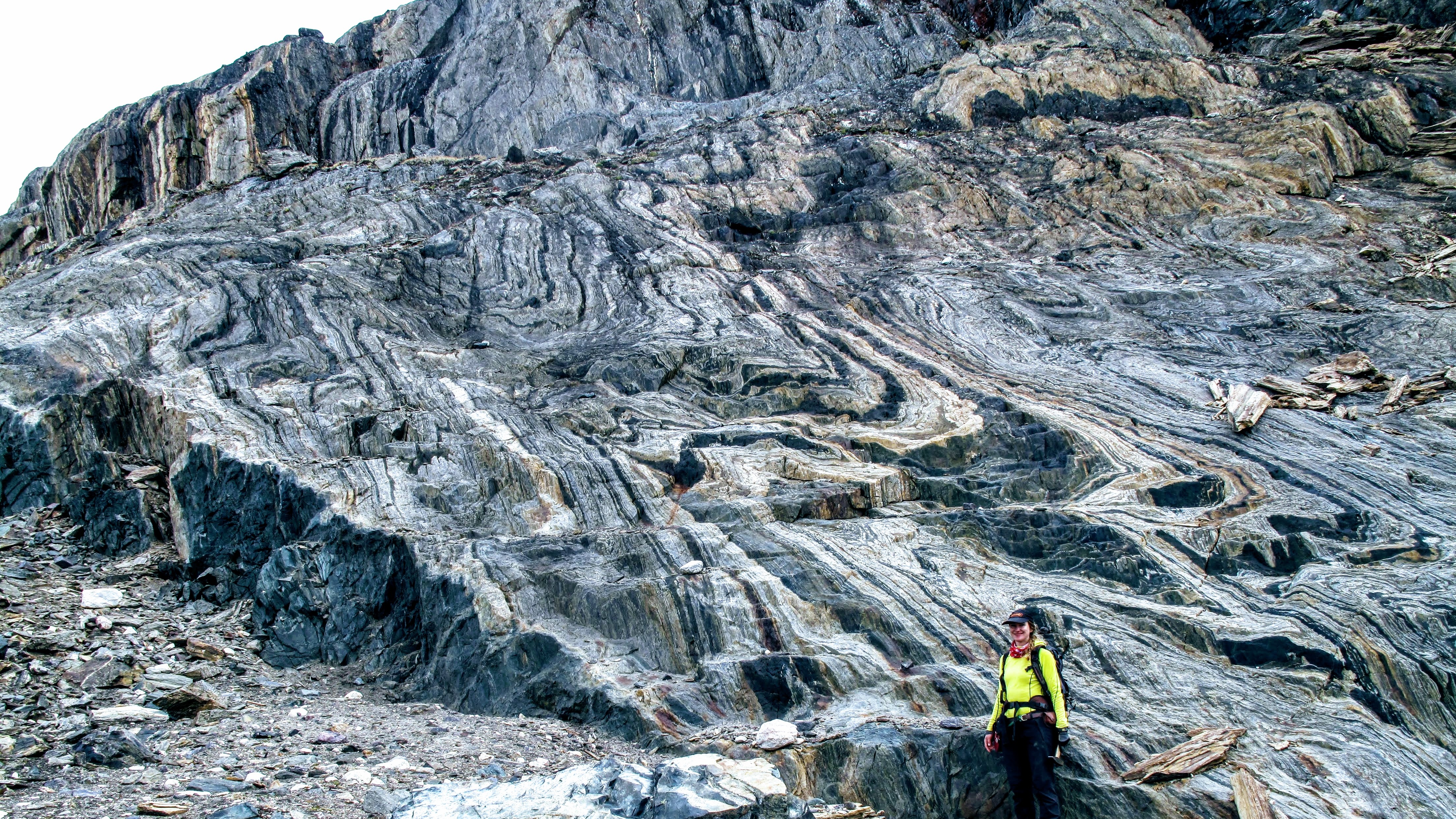
Ancient rocks hold proof of Earth's magnetic field. Here's why that's puzzling
By Keith Cooper published
Earth's ancient magnetic field appears to have had a strength similar to what we see today, and it may have protected ancient life from harmful cosmic radiation.

Iconic British meteorite 'Winchcombe' found to have a smashing past
By Keith Cooper published
A detailed analysis of the Winchcombe meteorite has found evidence that its parent asteroid was altered by water before being smashed apart multiple times.
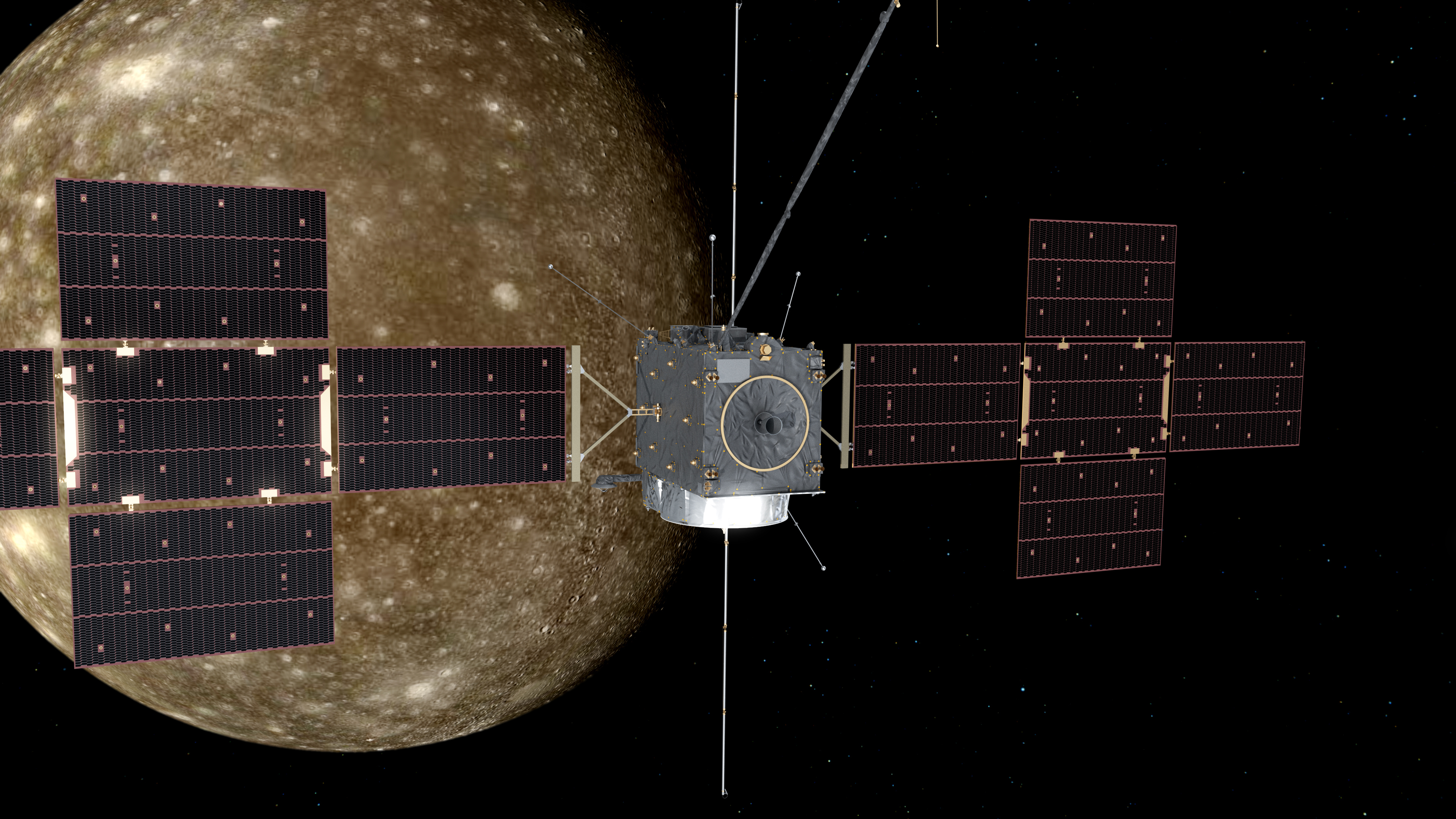
In a virtual reality universe, upcoming 'JUICE' mission flies by Jupiter's moon Callisto
By Keith Cooper published
To test its autonomous software, the JUICE mission team pretended to fly the spacecraft past Jupiter's fourth moon, and passed the exam with flying colors.
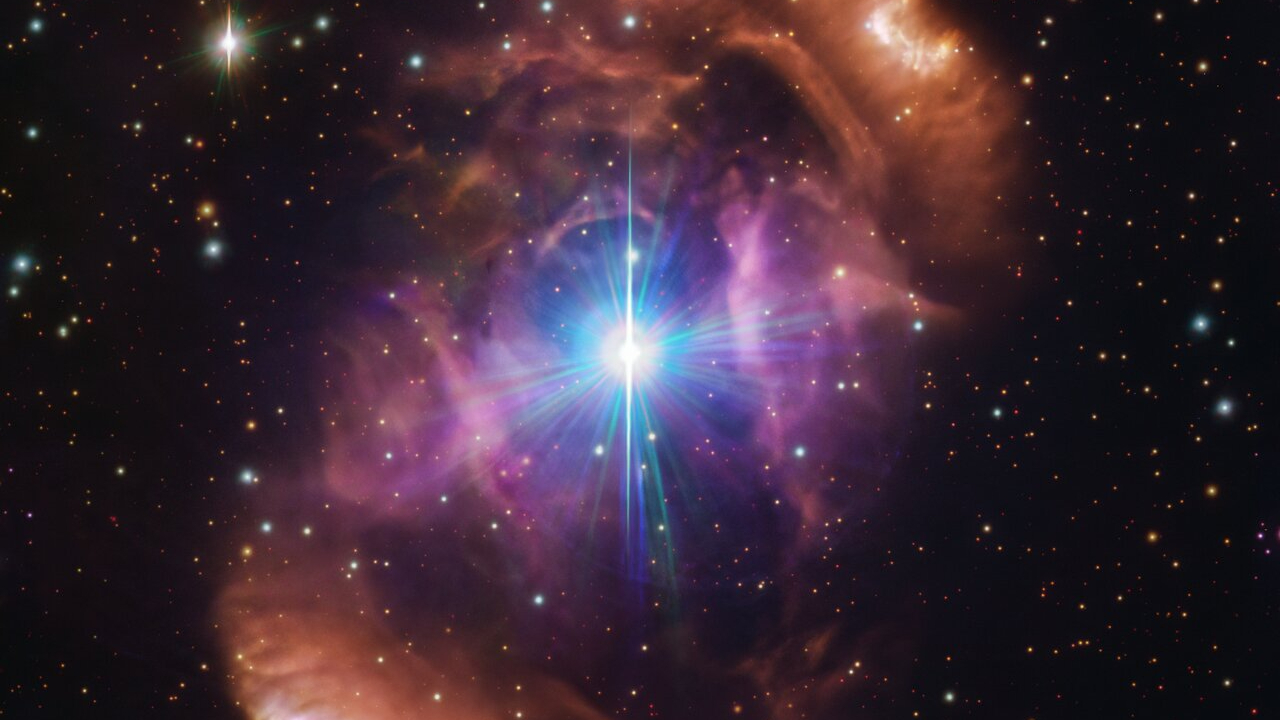
Monster star gains magnetic personality following stellar merger
By Keith Cooper published
A rare massive star possessing a magnetic field could have produced its dynamo after merging with another star.
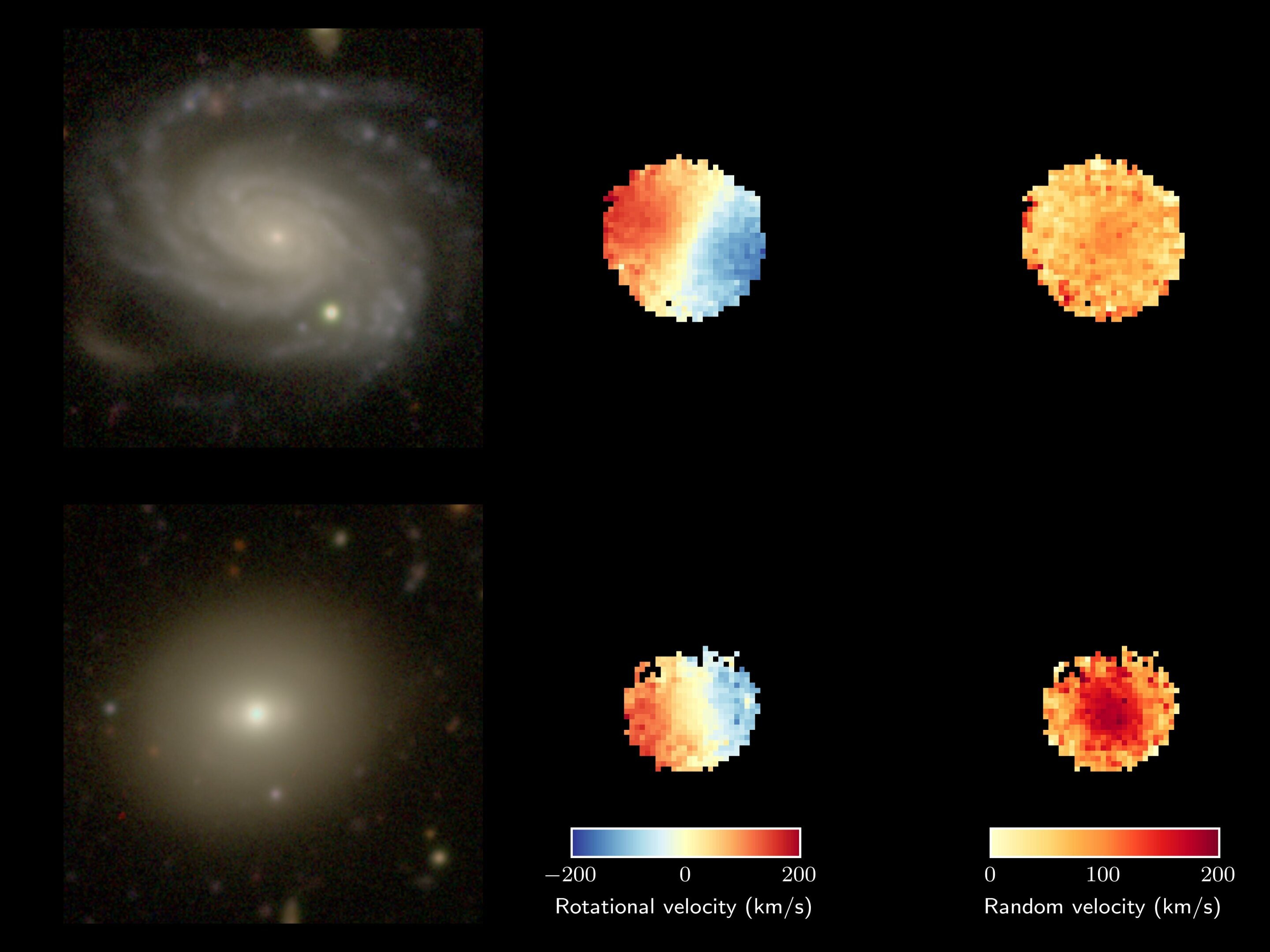
Stars make a bigger mess in old galaxies, and scientists just figured out why
By Keith Cooper published
More evolved galaxies demonstrate a greater range of stellar motions compared to the orderly, circular orbits of stars like our sun in the Milky Way.
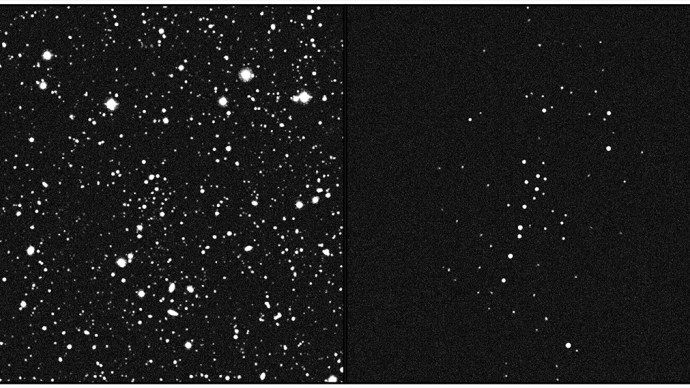
The faintest star system orbiting our Milky Way may be dominated by dark matter
By Keith Cooper published
The stars of a possible ultra-faint dwarf galaxy, known as UMa3/U1, could be held in place by the gravitational glue of dark matter.
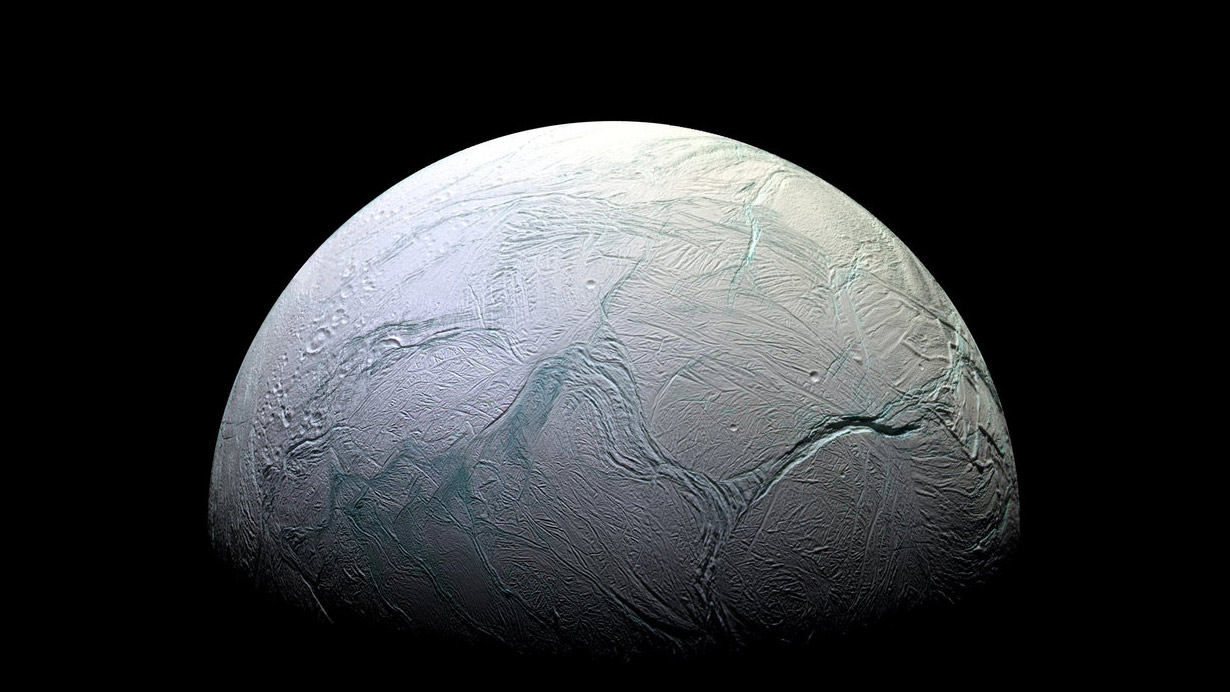
Life on Enceladus? Europe eyes astrobiology mission to Saturn ocean moon
By Keith Cooper published
The future European Space Agency mission could include an orbiting spacecraft as well as a lander, both of which would sample ocean material in Enceladus' plumes.
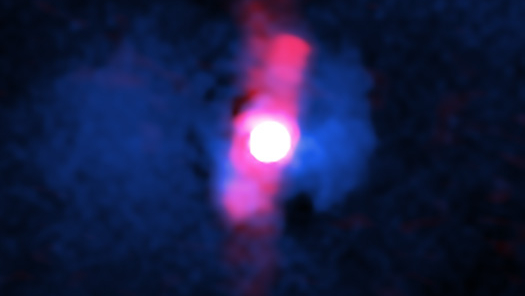
Most quasars are a ferocious force of nature, but not this one
By Keith Cooper published
A quasar over three billion light-years away was found to be rather gentle on its host galaxy, allowing its black hole to keep growing.
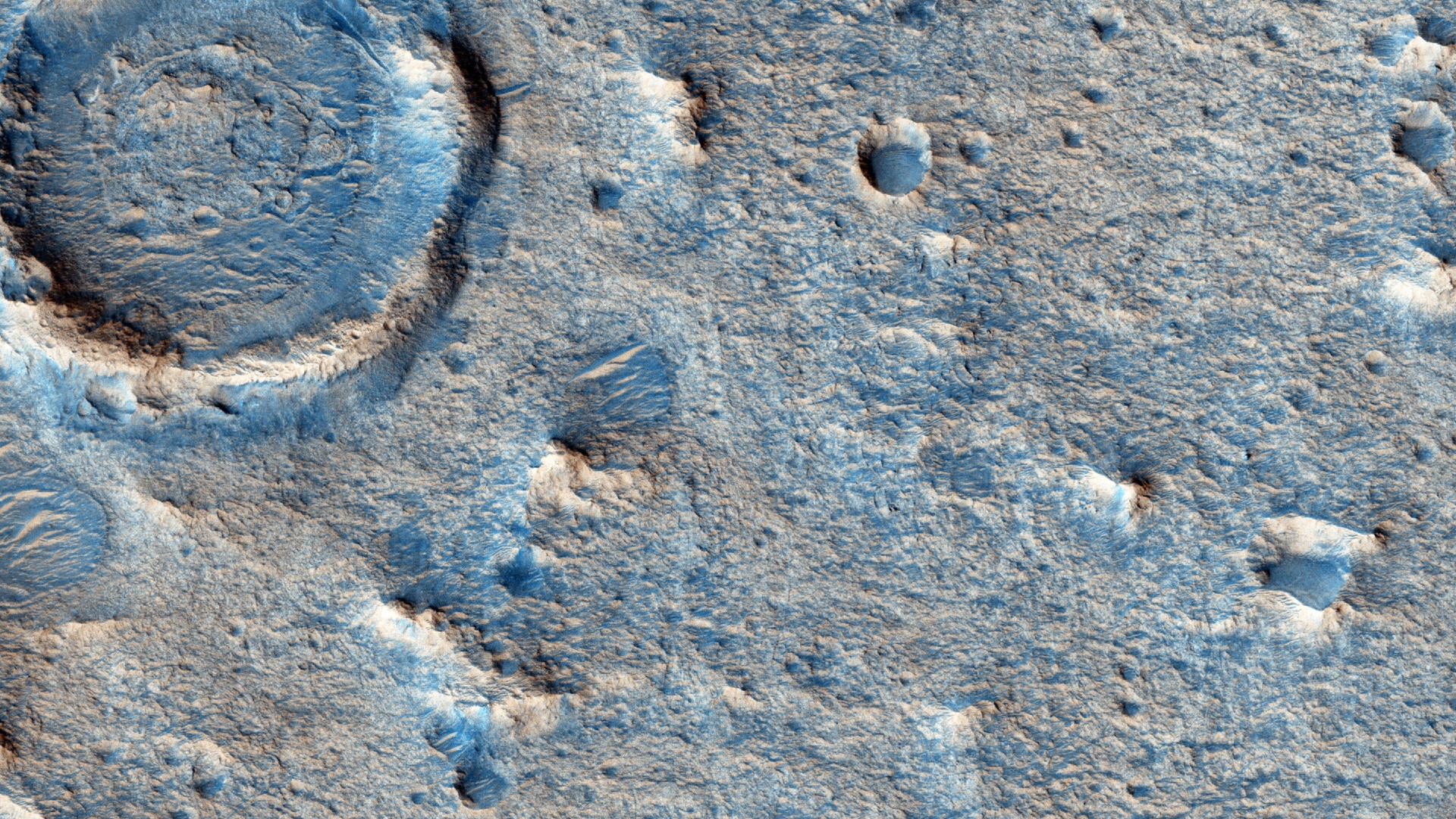
Europe's upcoming Mars rover now has a detailed map to aid its search for ancient Red Planet life (video)
By Keith Cooper published
The European Space Agency's Rosalind Franklin Mars rover now has a detailed map with which to help find its way around the Red Planet when it lands sometime in the next decade.
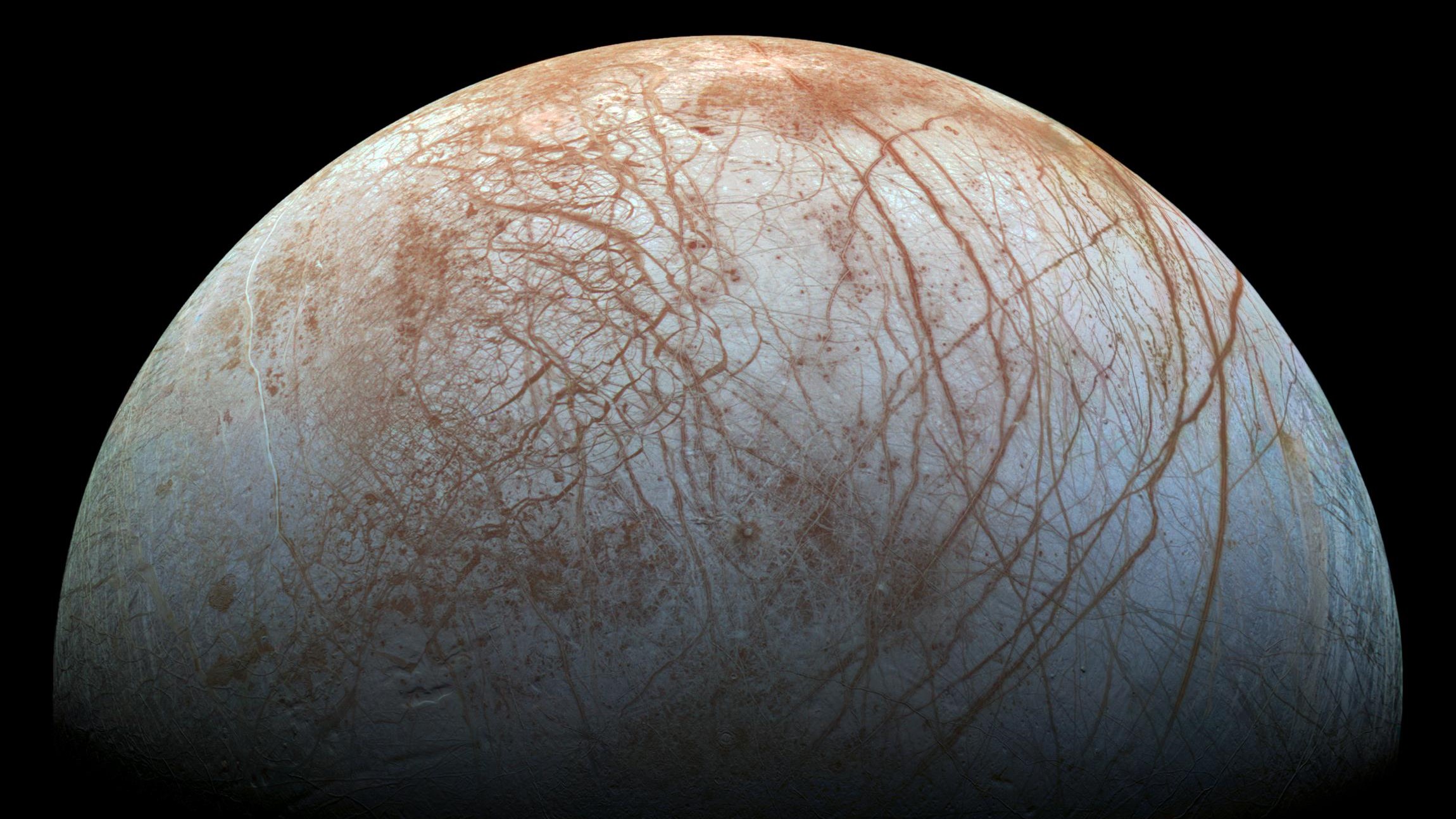
The Europa Clipper may only need 1 ice grain to detect life on Jupiter's ocean moon
By Keith Cooper published
A single icy moon grain could host tiny microbes or cellular remnants of life. If so, NASA's Europa Clipper may one day be able to find life near Jupiter.
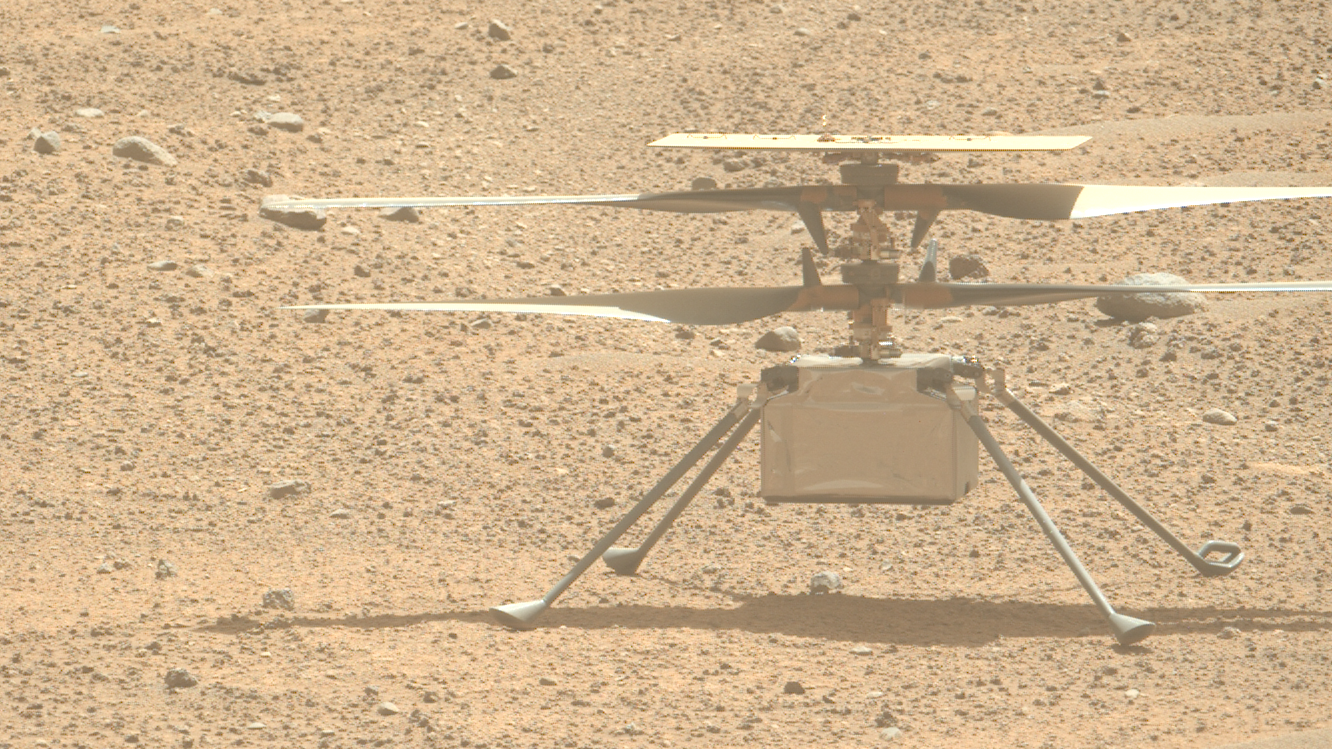
Life after Ingenuity: How scientists hope to reach the skies of Mars once more
By Keith Cooper published
The concept for a flying, wing-heavy drone called MAGGIE could one day show us an entirely new perspective on Mars.
Get the Space.com Newsletter
Breaking space news, the latest updates on rocket launches, skywatching events and more!
